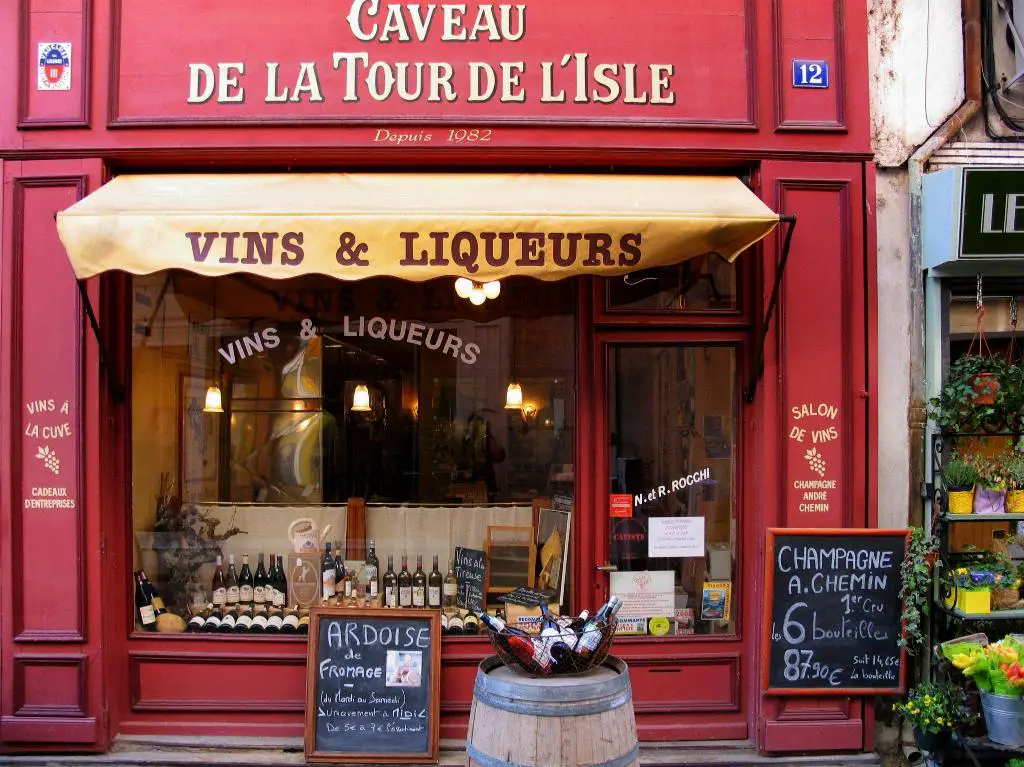When it comes to cherished wine glasses, nothing can be more disheartening than discovering unsightly etching marks on their surface. The delicate beauty of these glasses can be marred by these etchings, leaving many people wondering if there is any way to remove them. In this article, we will delve into the topic of removing etching from wine glasses and explore various techniques and solutions.
The Science Behind Etching
To understand the possibility of removing etching from wine glasses, it is crucial to comprehend the science behind this phenomenon. Etching occurs when the surface of the glass is chemically altered or physically damaged. This can happen due to several reasons, such as exposure to acidic substances or abrasive materials. The etching essentially creates microscopic grooves on the glass, making the surface appear cloudy or frosted.
Understanding the Limitations
Unfortunately, once a wine glass has been etched, it is nearly impossible to completely reverse the damage. Unlike stains or smudges, which can be removed with the right cleaning methods, etchings penetrate the glass at a deeper level. The grooves created by the etching process are irreversible, making it challenging to restore the glass to its original pristine state.
Prevention: The Key to Preserving Your Wine Glasses
Considering the difficulty of removing etching, prevention becomes crucial in preserving the clarity and beauty of your wine glasses. By adopting some simple and effective practices, you can minimize the chances of etching occurring in the first place:
- Hand wash your wine glasses using mild, non-abrasive dish soap.
- Avoid using harsh scrub brushes or abrasive materials during the cleaning process.
- Refrain from exposing your wine glasses to acidic substances for extended periods.
- Store your wine glasses in a secure, padded location to prevent accidental damage.
Exploring Potential Solutions
While complete removal of etching is unlikely, there are a few potential solutions that may minimize the appearance of the etched marks:
1. Polishing with Toothpaste
One option some individuals have tried is gently polishing the etched areas with a small amount of non-gel toothpaste. By using a soft cloth or a cotton ball, you can apply the toothpaste in circular motions, focusing on the affected areas. However, it is essential to note that this method may yield variable results and may not completely eliminate the etching.
2. Vinegar and Baking Soda Paste
Another potential solution involves creating a paste using equal parts vinegar and baking soda. After applying the paste to the etched areas, allow it to sit for a few minutes before gently scrubbing with a soft cloth. This method can help reduce the appearance of the etching to some extent, but it may not fully eliminate the marks.
3. Seek Professional Glass Restoration Services
If you have valuable or sentimental wine glasses that have been etched, it might be worth considering professional glass restoration services. These specialists utilize advanced techniques and equipment to restore the clarity and shine of glassware. However, it is essential to note that the success of such services may vary depending on the severity of the etching and the specific glass composition.

Conclusion
In conclusion, while it may not be possible to completely remove etching from wine glasses, there are some techniques that may help diminish its appearance. Taking preventive measures and treating your wine glasses with care can significantly reduce the risk of etching. If the etching is particularly bothersome or if you have valuable glassware, professional glass restoration services may offer a potential solution. Remember, it is always best to consult an expert to determine the most suitable course of action for your specific situation.
